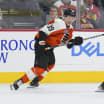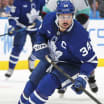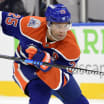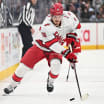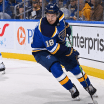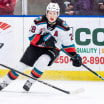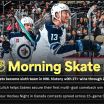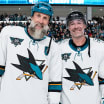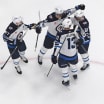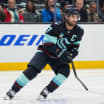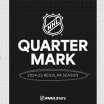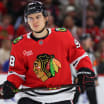In front of Gibson is a defense so solid that its one-to-nine depth is the envy of just about every NHL team. Players like Cam Fowler, Hampus Lindholm and Josh Manson, all 25 or younger, have matured into reliable, two-way defensemen. No team is better poised to deal with injuries on the blue line than Anaheim, and that is vital during the grind of the Stanley Cup Playoffs.
Another reason the Ducks will win is the overall improvement of their offense. Center Ryan Getzlaf, their captain, has been piling up points in the second half. One reason is that he quickly developed chemistry with the team's primary trade deadline acquisition, Patrick Eaves, who had 21 goals for the Dallas Stars before being traded to Anaheim on Feb. 24, cracked the 30-goal barrier by scoring nine times in his first 17 games with the Ducks.
Eaves' acquisition has allowed the Ducks to separate Getzlaf from longtime linemate Corey Perry, who has found a home with center Antoine Vermette and Nick Ritchie. Add to the mix what is arguably the most complete and versatile two-way line in the game, Ryan Kesler between Jakob Silfverberg and Andrew Cogliano, and the Ducks have three lines that can wear down opponents, a critical element of most long playoff pushes.
Moreover, there are few NHL teams that can dominate the faceoff circle the way Anaheim can, with Vermette, a left-hand shot, ably supporting Getzlaf and Kesler, the two right-handed holdovers.
The best thing about the Ducks is that there are no real weaknesses. They have depth at every position in case something unexpected happens.
The Ducks' window of championship opportunity? There may never be a chance like the present to make something good happen in the postseason, and they will.


